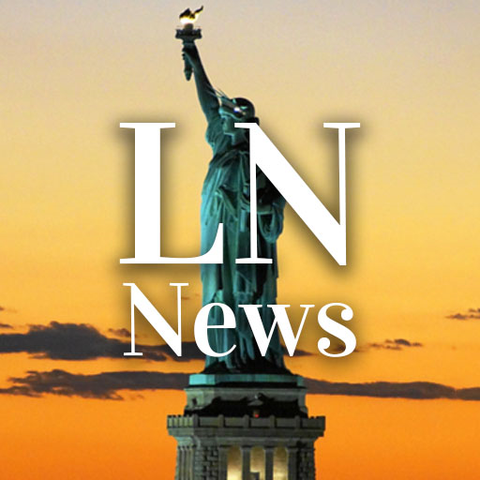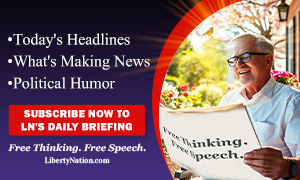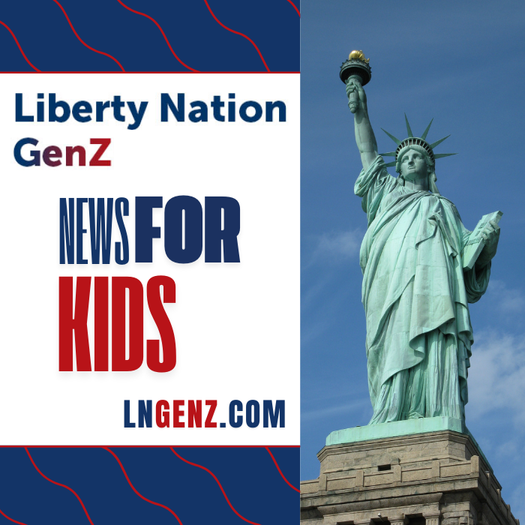



Are President Donald Trump’s tariffs already paying dividends? The White House has scored some early victories as tariff threats might be bolstering domestic demand and creating jobs. But while it might be premature for the administration to hang a “mission accomplished” banner on the trade agenda, the president could take some victory laps based on new economic data.
According to recent Federal Reserve statistics, US industrial production surged by 0.5% in January, topping the consensus forecast of 0.3%. Manufacturing output, however, slipped 0.1% last month and fell short of market estimates. On a year-over-year basis, industrial and manufacturing production has risen to 2% and 1%, respectively, up from anemic levels. Capacity utilization rates also climbed to a higher-than-expected 77.8%.
 Economists assert that the uptick trend might need to persist for a few months until they can definitively tie the production increase to the president’s tariffs. That said, early surveys and reports suggest that companies have been preparing for Trump’s trade agenda by importing more goods ahead of time and shifting their consumption inward to avert levies.
Economists assert that the uptick trend might need to persist for a few months until they can definitively tie the production increase to the president’s tariffs. That said, early surveys and reports suggest that companies have been preparing for Trump’s trade agenda by importing more goods ahead of time and shifting their consumption inward to avert levies.
JSW Steel USA, an Ohio-based steel mill, is considering adding jobs and boosting productivity. Nissan also is contemplating ditching some production lines in Mexico and transitioning them to the United States. As Liberty Nation News reported late last year, scores of retailers have been implementing plans to restore their supply chains to avert levies.
Overall, US industry has been lackluster for the last few years despite the hundreds of billions of dollars that Bidenomics threw at manufacturing. Will tariffs be what resuscitates the golden age of America’s economy? With 25% import taxes on all steel and aluminum imports, businesses will have no choice but to avoid this double-digit duty and turn to US firms, prompting significant production. However, it is a balancing act for the world’s largest economy: pay higher steel and aluminum prices but have more manufacturing jobs.
By now, the Federal Reserve was supposed to be on easy street. When the US central bank launched its quantitative tightening crusade, inflation was forecast to reach the 2% target, allowing the monetary authorities to slash interest rates. Instead, the Fed is scrambling with a reacceleration in inflation levels, forced to keep the benchmark federal funds rate elevated.
 Since the Eccles Building ignited its easing cycle in September, all of the major inflation reports have increased or come in higher than economists’ expectations. The January consumer price index (CPI) rose to 3% for the first time since June, while the January producer price index (PPI) surged 0.4% monthly. This is not what the Fed wants to see kicking off 2025.
Since the Eccles Building ignited its easing cycle in September, all of the major inflation reports have increased or come in higher than economists’ expectations. The January consumer price index (CPI) rose to 3% for the first time since June, while the January producer price index (PPI) surged 0.4% monthly. This is not what the Fed wants to see kicking off 2025.
As a result, officials are only penciling in two quarter-point interest rate cuts this year. The futures market, meanwhile, does not anticipate the subsequent rate reduction until September, according to the CME FedWatch Tool. In fact, market watchers have murmured that investors and the Fed could soon weigh a rate hike if inflation persists, which Chair Jerome Powell says is not in any baseline forecasts.
Chicago Fed President Austan Goolsbee raised a good point in a recent speech. Over the next several months, if inflation rises and Trump’s tariffs are enacted, will the upward trend in the CPI or the Fed’s preferred personal consumption expenditure (PCE) price index result from these levies or other underlying factors? It will be challenging to digest the numbers when there are multiple headwinds to navigate, though the institution will likely ignore one key culprit: the printing press.
Since the coronavirus pandemic, the world of economics has engaged in on-again, off-again discussions surrounding stagflation, an environment of high inflation, slowing growth, and rising unemployment. It was a commonly floated term during the previous administration, and the experts are weighing the possibility again amid tariffs, removing millions from the labor market through deportations, higher-for-longer interest rates, and sticky and stubborn inflation.
Paul Ashworth, a North American economist at Capital Economics, told MarketWatch that a key threat to the United States as growth could be minimal and inflation hovers around 3%. “Stagflation-lite is a really useful phrase to describe what could happen,” he said to the business news publication. Heading into 2025, inflation forecasts were mixed, ranging from 2% to as high as 4%. Growth projections were intact, with few economists predicting a recession.
Upside inflation risks appear to be ubiquitous, but a decline in growth could be hard to fathom, though some would disagree.
